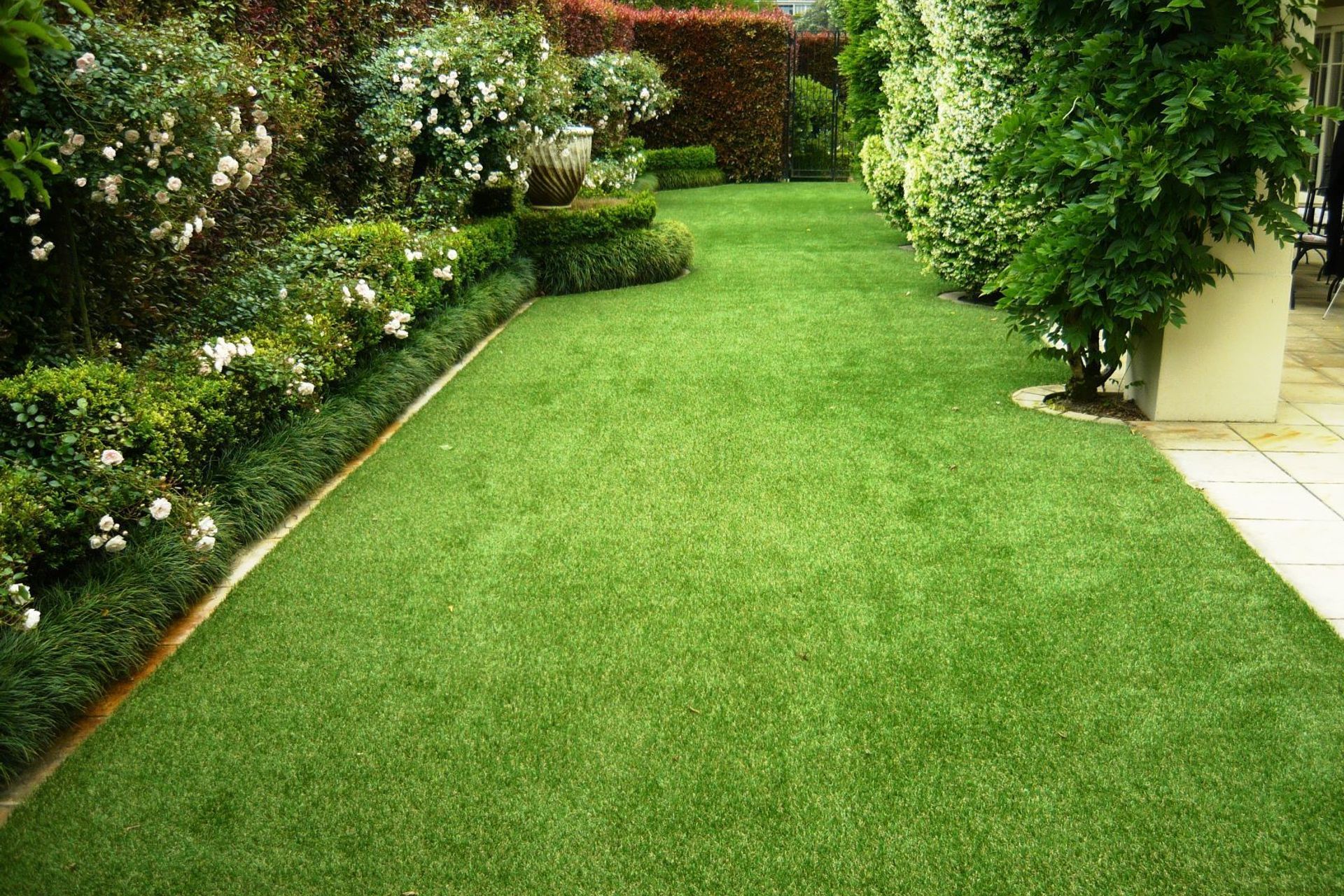How to Spot High-Quality Synthetic Grass
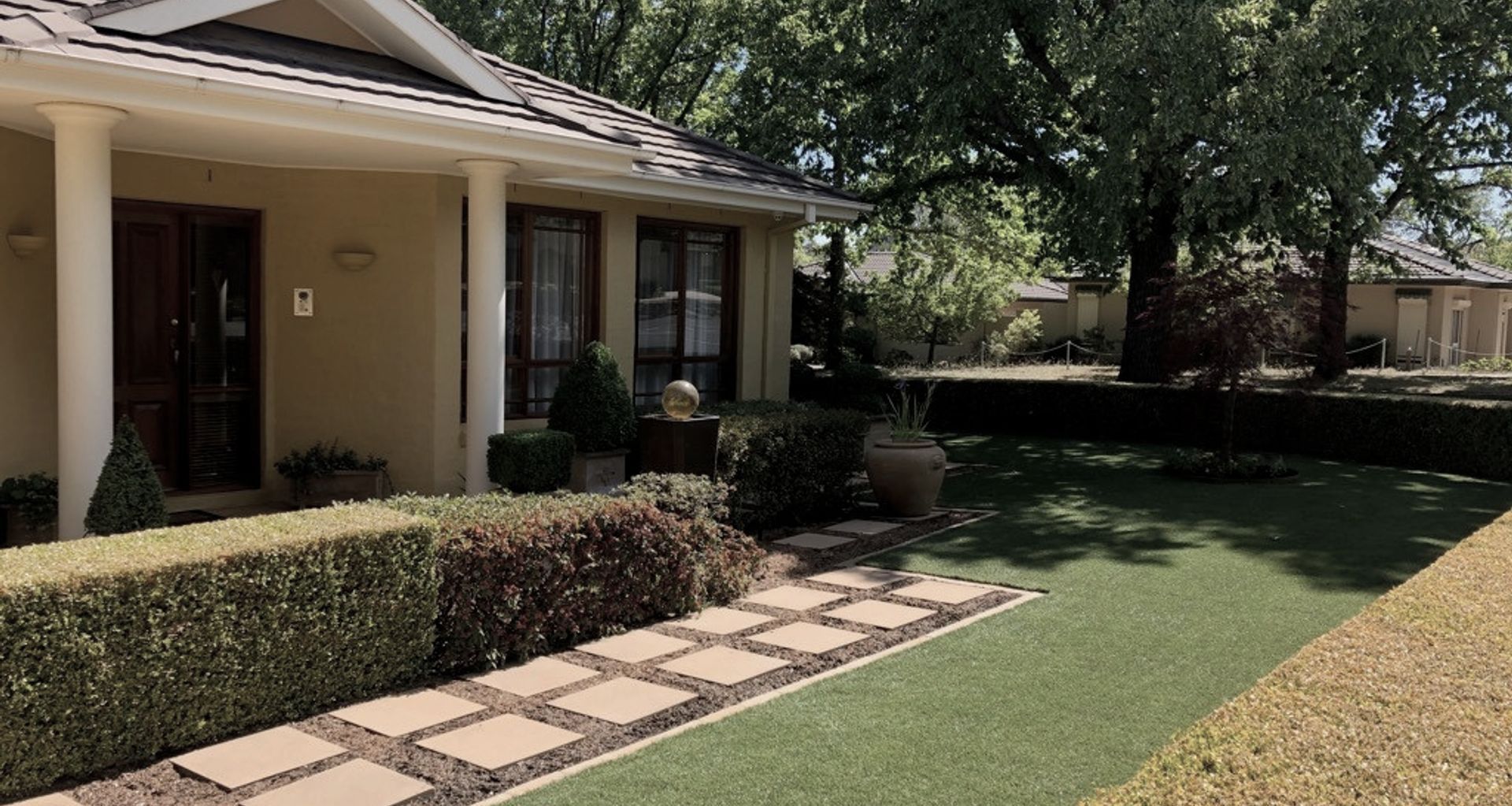
You don’t need to mow it or patch it, and it requires very little maintenance. But before you can enjoy the freedom of a mud-free, no-mow lifestyle, you need to make sure you’re choosing a high-quality synthetic turf that will last the distance.
Quality Comparison for Artificial Grass
Figuring out the quality of synthetic turf is easy if you know what you’re looking for. Low-quality grass is usually the result of shortcuts in the manufacturing process, and this leaves some obvious indicators. Here’s how to spot them.
Spotting poor quality synthetic grass
Look at the back of the grass
Latex or polyurethane coatings are used to lock the tufts in place. A good, consistent heavy layer of coating is essential to keep the grass fibres in place where a poor-quality grass will have a cheap or little coating, if grass fibres are visible through the coating it may be a problem. Without enough good quality coating on the back, the fibres may come loose, and you will suffer fibre loss in your grass particularly where heavy use, play, or animals are concerned.
The coating affects how well the grass holds together, so a poor-quality job will mean that the blades, or tufts, will fall out easily. You can check the strength of the yarn by pulling a blade from the middle of a sample. The easier it comes out, the lower the strength. Just make sure not to pull the blade from the sides of the sample, because those ones will come out easily regardless of the quality.
Colour striping
Sometimes during the manufacturing process, the wrong coloured yarn can sneak in or the supplier may mix yarn batches which have slight differences in colour/shade. This results in a stripe of colour different from the rest of the grass that will be very obvious when the grass is laid down. Usually, this is caught by quality control, but a cheaper or lower quality supplier might stock this grass. In order to avoid this, check the grass for colour consistency.
Low-quality resins
Synthetic grass blades are made from resins. Poor quality synthetic grass is produced using a low-quality resin, which over time, can fade or even melt. No thank you! It pays to check out the supplier’s product warranty and ask for reference sites and case studies.
Avoid buying low-quality grass by asking for a sample
Some of the identifying factors of low-quality synthetic grass can’t be spotted in the shop. Ask your supplier for a sample, so that you can take it home and test out the quality for yourself.
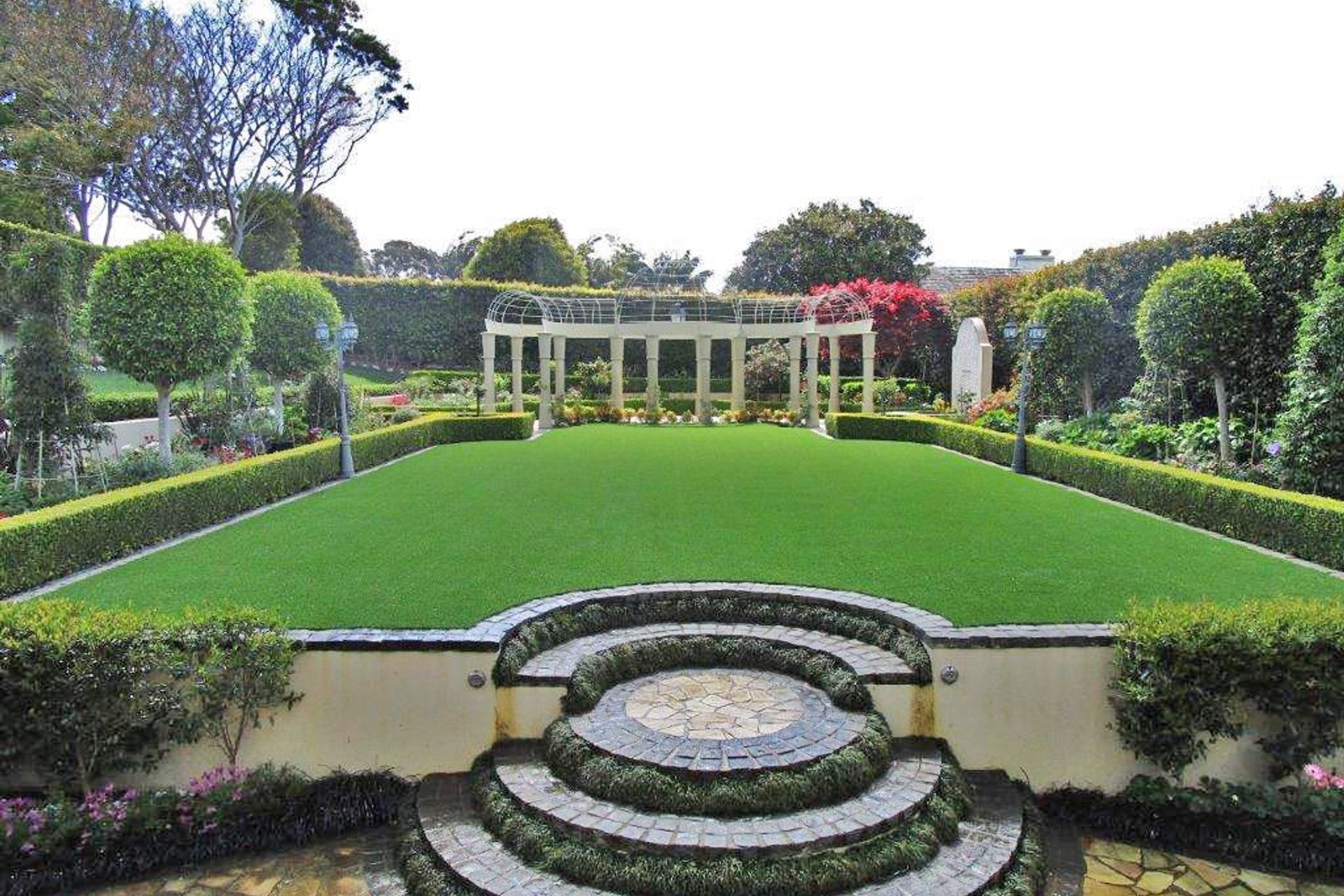
Artificial Grass Quality Checklist:
Dense Fibres (that look like grass)
The general rule of thumb is the thicker and wider the yarn or fibre, the longer it will last. Just like nature, strong grass blades are wide. One way to cut costs is to use lightweight thin yarns or fibres. Whilst these might feel soft to the touch they will crush flat and wear out much faster than thicker heavier yarns or fibres. While there are different widths available depending on the final look, the width of the fibres can also indicate the strength of the grass overall. Take a blade and hold it up to the light to check its density. A good quality blade will not let any light through.
Ask the supplier what the micron and dtex of the yarns/fibres are and also what the face weight or weight of the yarn on a square metre of the product. If one is much lower than others it’s a fair indication of the quality of materials and how long it will last.
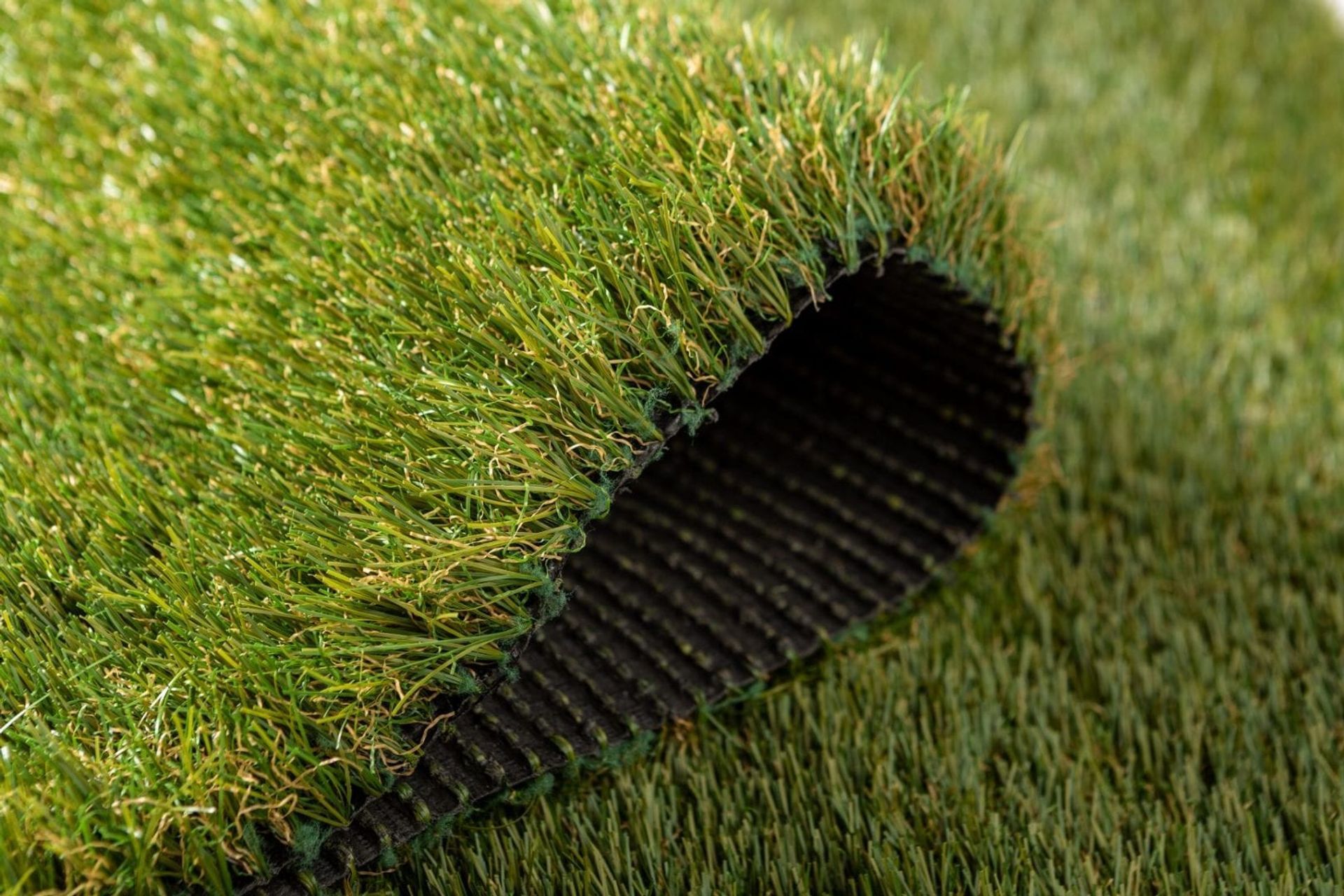
Backing Cloth
When synthetic grass is made, the yarn or fibre is tufted into a backing cloth. There are different types of backing cloth depending on the purpose of the end product, which takes into account things like durability, stability, and stiffness.
Good quality heavy backing cloth will last longer, be more stable, and last the life of the grass. Again, one way of cutting costs is to use lower spec, lower weight backing cloth which can shrink and wrinkle due to a lack of stability.
Again, ask the supplier what weight and type of backing cloth they are using.
Check certifications
If you are using your synthetic grass for sports, or anything with constant or repeated play, make sure that it comes with the right certification for your needs. Choose a supplier that meets the standards of the world’s sporting authority on your chosen activity.
UV Protection
In New Zealand and Australia, it’s imperative that you make sure your turf comes with a UV warranty. We have high UV exposure here, making synthetic materials prone to fade and degradation. Most of TigerTurf’s landscape turfs come with a 10-year UV warranty.
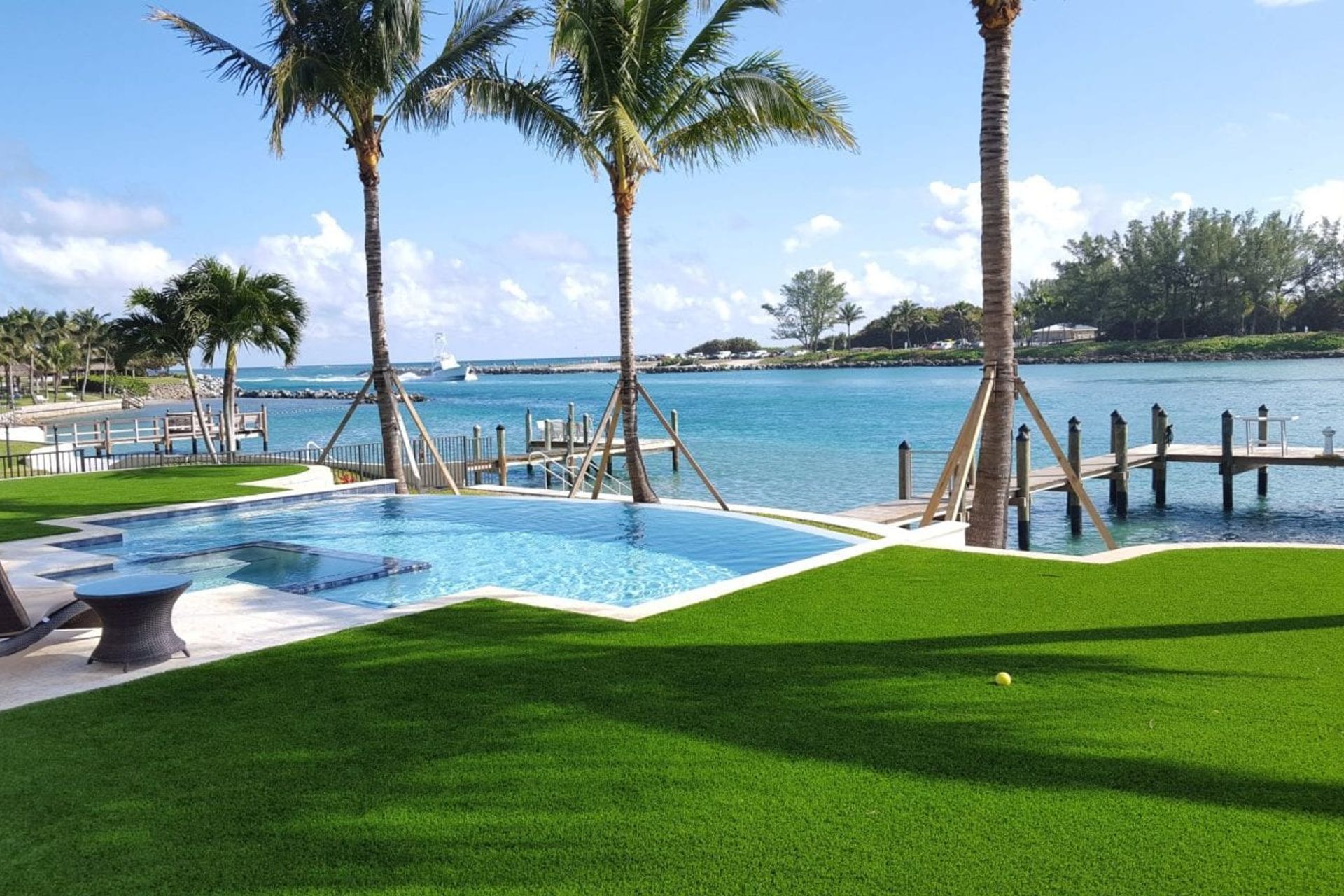
Quality installation matters too: what you need to know
You can have the highest quality, most perfect synthetic grass – but if it isn’t installed properly, you’re going to run into some issues. The main things to keep an eye on are:
Base Preparation
Most of the cost of your new synthetic lawn will be in the preparation of the base. The old topsoil and organic matter must be removed and replaced with approx. 100mm of compacted aggregate. This creates a stable free-draining base on which to lay your new lawn. Be sure to understand how much soil and aggregate your contractor plans to install, what aggregate size they are using as this is the best way to cut corners and save money.
Ballast
Your synthetic grass needs to have the correct type, size, and volume of sand applied within the turf itself. The sand helps hold the fibres upright enabling them to spring back when walked on. The sand also provides ballast or weight, this is what holds your grass in place and eliminates movement, wrinkles, or creasing. The sand must be the correct size, clean and dry, and free from contaminants that will damage the fibres.
It doesn’t allow weeds to grow
If synthetic grass is properly installed, weed growth will be significantly reduced. Weeds can sometimes appear due to birds dropping seeds on the turf which then take hold, these can simply be pulled out by hand as the roots will only be in the sand within your grass.
Edges | Plinths
Timber plinths around gardens are a nice way to separate the grass from gardens and ensure a border for the leaves and soil to stay in the garden and off the lawn. If your lawn has a slope of 10 degrees or more it is good practice to have a plinth or border to attach the grass to at the top of the slope to stop the grass creeping or slumping down the slope over time.
No bumps or edges
A good installation will blend in with the environment around it, and it won’t be obvious that it’s synthetic. It will also be structurally sturdy enough to withstand regular use without mounds or patches forming as they would with real grass.
Excellent drainage
It’s pretty gross to stand on a soggy patch of anything, so a good quality installation will ensure that liquids drain effectively. This all depends on the way the turf interacts with the base layer. The turf itself will have perforated holes in it so that water can escape, and for the base layer, we recommend a minimum 75-100mm compacted metal base with perimeter drainage if required.
Choosing the right artificial turf for your needs can be a bit of an undertaking, so it’s important to know what to look for in terms of quality and functionality. Really, one of the best indicators of quality is your suppliers themselves – if they have a lot of options and certifications, then it’s more likely that they will be attentive to your needs. That way, you’ll receive a product that will last – and that you can enjoy – for many years to come.
